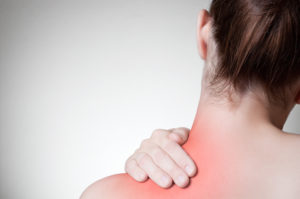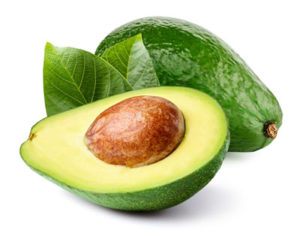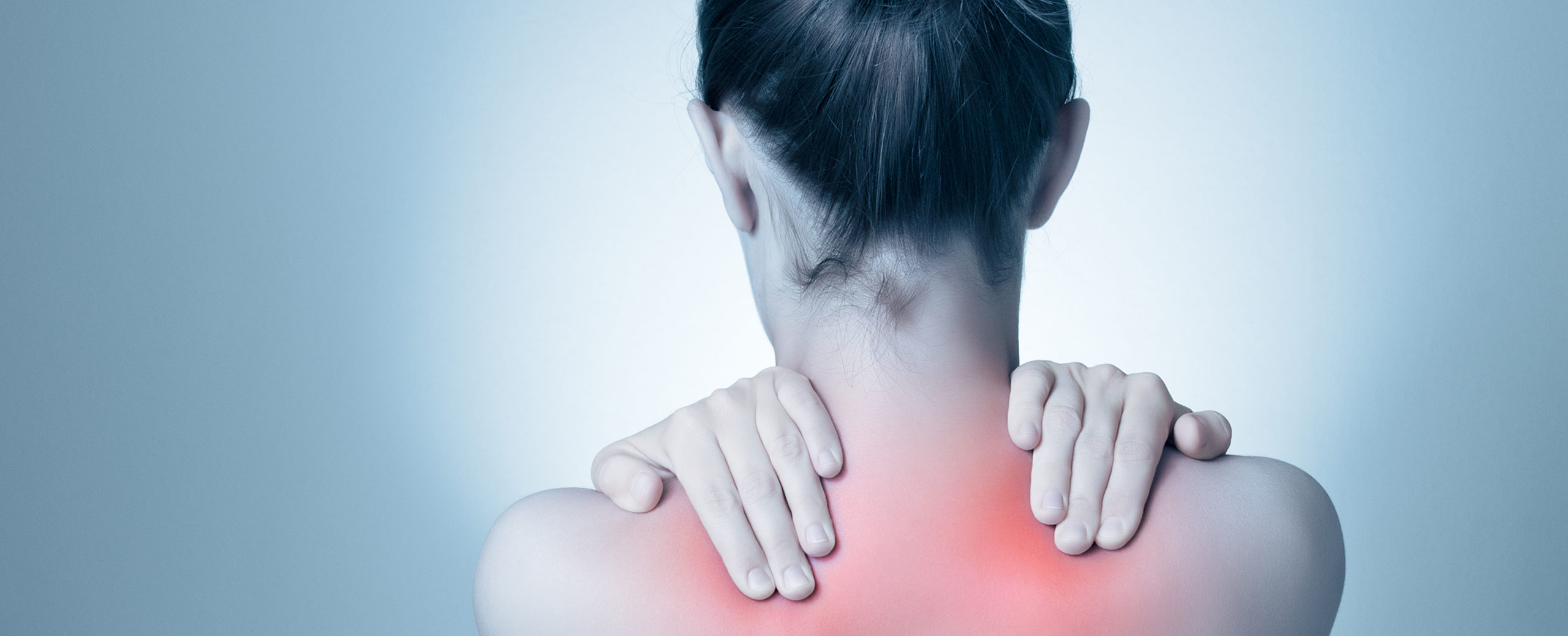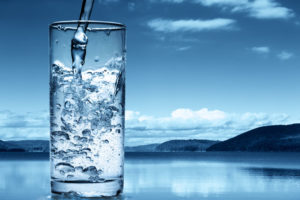 Sore muscles after working out, cleaning up the house, or putting up the Christmas lights is a common complaint in our office. No one is immune from this sensation. From the elite athlete to the average couch potato, many will suffer from sore muscles after prolonged activity. Researchers have looked into what causes sore muscles (officially called Delayed Onset Muscle Soreness) and still have few answers in preventing or eliminating muscle soreness. However, there are many tips and techniques used to help reduce the severity and impact sore muscles have on training and daily routines.
Sore muscles after working out, cleaning up the house, or putting up the Christmas lights is a common complaint in our office. No one is immune from this sensation. From the elite athlete to the average couch potato, many will suffer from sore muscles after prolonged activity. Researchers have looked into what causes sore muscles (officially called Delayed Onset Muscle Soreness) and still have few answers in preventing or eliminating muscle soreness. However, there are many tips and techniques used to help reduce the severity and impact sore muscles have on training and daily routines.
Sore muscles most often show up a day or two after exercise or vigorous activity and can last for 2-3 days. Normally, the pain is mild and mostly uncomfortable but it can become debilitating and last for longer periods of time. If the pain lasts longer than 5-7days, I would highly insist that you see a qualified practitioner for evaluation of a more serious injury. If you are an existing patient of our office, I would encourage you to seek care from us after just 72 hours to prevent any complications in your case. Likewise, any sharp or stabbing pain in or around a major body joint, dark colored urine, or any pain that prevents you from sleeping should be brought to our attention immediately. These can be signs of more serious conditions and need a full analysis and consultation.
Delayed onset muscle soreness is believed to be created by eccentric or lengthening movements rather than concentric or shortening movements.
Researchers believe that this is the case because of the greater motor control needed during the eccentric movements of the exercise. These movements appear to produce and release the most waste metabolites like lactic acid, which in turn causes muscles to become sore within a few hours after the activity.
Prevention and Recovery
- Walk: Walking may be the best home remedy for muscle soreness. Walking as a cool down after working out or as a warmup the next morning can improve muscle mobility and reduce the time that muscles remain sore after exercise or strenuous activity. I suggest walking for short amounts of time but frequently throughout the day to keep the lactic acid from building up deep inside the muscle. A 10-15 minute walk three times in a 24 hour period following the exercise is a great goal. The worst thing to do in the first 24 hours after any vigorous activity is to sit for a prolonged period of time.
- Drink water: Drinking water immediately after working out can greatly reduce muscle soreness by helping the body flush out the waste metabolites created during exercise. Try adding a pinch of sea salt and an ounce or two of a low sugar fruit juice (cranberry, pomegranate, black cherry, etc.) to a moderate sized water bottle. Drink the entire bottle within the hour after training.
- Eat protein: Eating a small amount of protein shortly after training can help to replenish the energy lost during the exercise and reduce the formation of the inflammatory byproduct of the activity. If you are trying to lose weight, keep this small snack free of carbohydrates. However, if you struggle keeping your weight up or find yourself in a prolonged training season where overtraining is a serious concern, add an easily absorbed carbohydrate to your recovery meal. Pineapple juice added to a protein powder shake can be a great example of a post workout snack with protein and a carbohydrate.
- Foam roller or massage gun: Using a foam roller or massage gun can be a great self-therapy addition to your recovery program. These tools should be viewed as equipment aids to increase blood flow and to help move lymph fluid filled with inflammatory waste metabolites out of the deep recesses of the muscles. Do not try to bust up scar tissue or beat a trigger point into submission as you may bruise the muscles or tendons and further delay your recovery. Try using a foam roller or massage gun for just a few minutes, a couple of times per day, to reduce the chances of further injuring the muscles.
- Compression socks: Compression socks are an inexpensive and effective way to reduce muscle soreness. They are specifically designed to squeeze the foot tighter than the calf to promote the return of blood and lymph fluid out of the lower leg. This helps not only reduce soreness but to also reduce muscle cramping. Wearing them during exercise or sleeping in them have both been shown to be effective for muscle recovery.
- Get plenty of sleep: Sleep may be the most underrated recovery tool. Sleeping for 7-9 hours each night ensures adequate rest and repair of the injured tissues. Make sure your bedroom is dark and free of any blue light from the screens of a phone or tablet. The temperature of the bedroom should be cool as this is ideal for deep sleep.
- An inflammatory diet:
 If you suffer from soreness in the muscles with exercise on a frequent basis, examine your diet. An inflammatory diet full of excessive carbohydrates, chemical laden foods, and gluten can greatly increase your body’s systemic inflammatory levels. When this food source is used as fuel by the muscles a large level of inflammatory waste metabolites are produced from the exercise. This leaves the muscles filled with pain producing byproducts of cellular metabolism creating soreness and pain. Reduce or eliminate sugar, processed foods, and trans fats. Increase your intake of dark vegetables and fruits with healthy omega-3 fats. Avocados, olive oil, salmon, berries, and salad greens are all helpful to reduce systemic inflammation.
If you suffer from soreness in the muscles with exercise on a frequent basis, examine your diet. An inflammatory diet full of excessive carbohydrates, chemical laden foods, and gluten can greatly increase your body’s systemic inflammatory levels. When this food source is used as fuel by the muscles a large level of inflammatory waste metabolites are produced from the exercise. This leaves the muscles filled with pain producing byproducts of cellular metabolism creating soreness and pain. Reduce or eliminate sugar, processed foods, and trans fats. Increase your intake of dark vegetables and fruits with healthy omega-3 fats. Avocados, olive oil, salmon, berries, and salad greens are all helpful to reduce systemic inflammation. - Supplements: There are a wide variety of supplements that can reduce inflammation and the pain associated with sore muscles. Vitamin D, Curcumin/Tumeric, CBD, NAC, and Fish oil are some of the best supplements shown to reduce inflammation. The best supplement that I have found for muscle recovery is the amino acid, L-glutamine. L-glutamine is a semi-essential amino acid needed in times of stress or recovery. It is the main amino acid used in skeletal muscle and can be a great supplement to aid the recovery of muscles after exercise.
Any prolonged muscle injury or repetitive soreness after exercise deserves to be further evaluated. Through the use of chiropractic manipulation, Active Release Technique, Acupuncture, and self-care advice, muscle pain and soreness can be a thing of the past. Let us know how we can best serve you and help you become healthier than you have ever been.

Daryl C. Rich, D.C., C.S.C.S.







